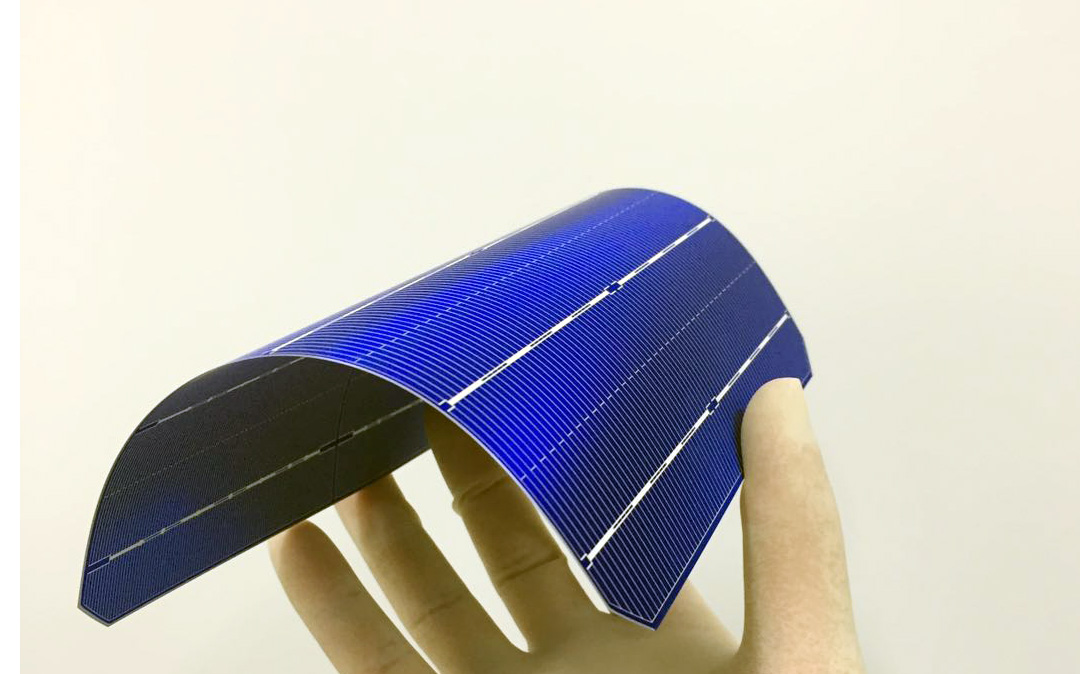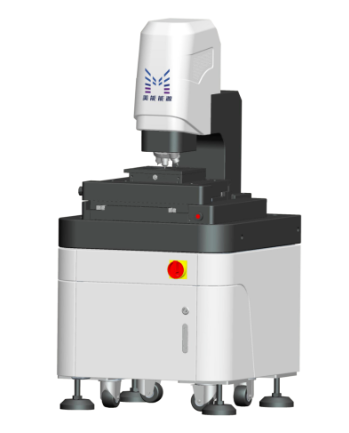
Quantum Efficiency Tester
PL/EL Integrated System
PV-Reflectumeter
3D Confocal Microscope
In-Line Four Point Probe Tester
Four Point Probe Tester
In-Line Thin Film Thickness Tester
Raman Spectrometer
FTIR Spectrometer
Spectrophotometer
Automatic Spectroscopic Ellipsometer
Contact Resistance Tester
Ultra depth of field 3D microscope
Auto Visual Tester
VMM PV Vision Measuring Machine
Solar Cell Horizontal Tensile Tester
Steady State Solar Simulator for Solar Cell
Solar Cell UV Aging Test Chamber
Solar Cell Comprehensive Tensile Tester
Visual Inspection Tester
Wet Leakage Current Tester
PV Module EL Tester
PV Module UV Preconditioning Chamber
Steady State Solar Simulator for PV Module
Current Continuous Monitor
Potential Induced Degradation Test
Bypass Diode Tester
LeTID Test System
Reverse Current Overload Tester
Impulse Voltage Tester
Hipot Insulation Tester
Ground Continuity Tester
Hipot Insulation Ground Tester
Damp Heat Test Chamber
Humidity Freeze Test
Thermal Cycle Test Chamber
Dynamic Mechanical Load Tester
Static Mechanical Load Tester
Hail Impact Tester
Robustness of Termination Tester
Module Breakage Tester
Cut Susceptibility Tester
Peel Shear Strength Tester
Universal Testing Machine (Single-arm)
Universal Testing Machine (Double-arm)
Glass Transmittance Tester
Acetic Acid Test Chamber
EVA Degree of Crosslinking Test System
Junction Box Comprehensive Tester
Drop ball tester
Semi-automatic scanning four-probe tester
Stylus Profilometer
Maximum Power Point Tracker
Perovskite Glass Transmittance Tester
Perovskite P1 Laser Scribing Multifunctional Testing Machine
Perovskite Online PL Tester
Perovskite Online Sheet Resistance Tester
Online Perovskite Film Thickness Tester
Perovskite Process Inspection Workstation
Portable IV Curve Tester
Portable EL Tester
Portable Thermal Imaging Tester
Solar Module Multi-Channel Testing System
PV Inverter Power Quality Tester
Drone EL Tester
IV Tester
IVEL Cell Sorting Machine
Classification of Flexible Solar Panels
Date : 2024-02-27Views : 145
In previous issues, we introduced flexible solar cells among thin film solar cells, which have advanced technology, excellent performance, low cost, and wide range of uses. Its application is also different from traditional solar cells, adding more possibilities to the photovoltaic industry. Millennial Solar will introduce you to the various classifications of this type of solar cell.
(Silicon) crystalline flexible solar panels
These are the most commonly used on the market and are made from the same silicon material that traditional panels are made from. Here, a solar "panel" is made up of many crystalline, photovoltaic flexible solar cells.
If the underlying material is silicon, why are traditional panels flat and bulky, while flexible solar panels are thin and light? This is because they stack up differently. For lightweight solar panels, for example, silicon wafers are cut a few micrometers (μm) thick, giving them the illusion of flexibility because they can bend up to 30 degrees.
In fact, this 30 degrees of flexibility is enough to allow it to be easily installed on curved surfaces, including boats. They are also often used as flexible solar panels for motorhomes (also known as caravan solar panels). In comparison, wafers in traditional solar panels are cut to about 200μm thick, making them thicker and heavier.
Next, thin layers of flexible silicon panels are placed between protective layers (usually made of plastic) to extend durability and portability. (Compare that to the thick layers of glass used in rooftop solar panels. As you can imagine, these lightweight solar panels can produce a limited amount of solar energy, so there are 50-watt, 100-watt, 200-watt, and 300-watt varieties.
However, they have a reasonable efficiency (15%-25%) in converting light into energy and thus can serve as energy reservoirs.

Thin film flexible solar panels
This is a relatively emerging technology in which photovoltaic materials are printed or pasted onto thin surfaces (including cloth, thick paper, aluminum sheets, etc.). Without the protection of silicon, they are considered far less durable than their crystalline counterparts. However, this is still an evolving technology.
The main advantage of using thin portable solar panels is their extreme flexibility. They can be rolled up for storage, so they're perfect for camping trips where you probably won't care if they last a few years. This also makes them very lightweight, with some products weighing just 1.8kg.

Flexible panels made from organic cells/materials
Research currently underway at MIT is focused on producing strong, flexible solar panels made primarily from organic materials. The main challenge so far has been the brittleness of the electrodes. In a recent breakthrough, graphene electrodes were introduced. As a result, the solar industry has high hopes for the production of higher quality solar panels with enhanced flexibility and extended durability.
3D Confocal Microscope
3D Confocal Microscope ME-PT3000 is a high-speed confocal scanning microscope for accurate and reliable 3-dimensional (3D) measurements. Real-time confocal microscopy images are achieved through fast optical scanning modules and signal processing algorithms.
ME-PT3000 3D Confocal Microscope is an optical instrument specially used in the photovoltaic industry for quality inspection of grid lines and textured surfaces on the surface of photovoltaic cells. Based on the principle of optical technology, combined with precision Z-direction scanning module, 3D modeling algorithm, etc., the device surface is non-contactly scanned and a 3D surface image is established. The height and width of the grid lines on the photovoltaic cell and the textured surface are measured through the system software. The number of pyramids is quantitatively tested to provide feedback on the quality of photovoltaic cell cleaning, texturing and screen printing processes.

E-mail: market@millennialsolar.com
Compared with traditional cells, flexible solar cells may use roughly the same materials in mainstream products, but new companies and schools have been researching new materials, and solar cells have more application space.

































































